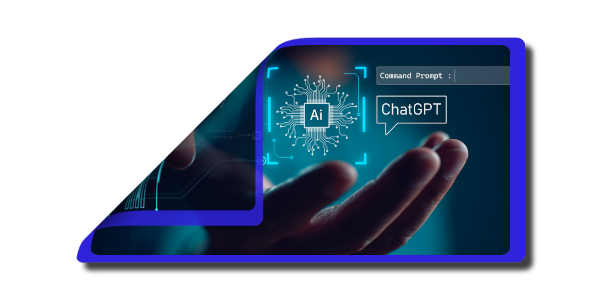Generative AI: What Does It Mean for HR?
July 10, 2023
HR professionals are both excited and concerned about the advances in “generative artificial intelligence” (generative AI), especially the recently released chatbots ChatGPT, Bard, Jasper, and others. How could these futuristic tools impact their jobs and their industry?
Getting a lot of buzz lately is ChatGPT, an easy-to-use AI tool that when given a prompt uses a huge store of information from many Web-based sources (news articles, books, websites, etc.) to generate new text. Ask it a question or feed it some text and, based on your prompt, it will come up with an original response that sounds like a person wrote it.
Depending on the prompt, and the more or less accurate information available to the chatbot, it will produce more or less accurate text. In other words, the better the prompt the better the result.
A word of warning: Be sure not to include in your prompt any proprietary information that you don’t want disseminated, as your input will be added to the chatbot’s database and hence made generally available. For instance, prompting the chatbot to write a press release for an upcoming company merger would in itself be letting the cat out of the bag, and potentially problematic if you weren’t ready to make the announcement yet.
While not perfect, ChatGPT is a revolutionary tool quickly embraced by users, acquiring hundreds of millions of them in the short time it has been available. And it has enormous potential for business and Human Resources.
How could this tool impact the work of HR? Among other things, it could be used to:
- Write an employee handbook.
- Write job descriptions.
- Write organization policy for employees.
- Check employment laws and regulations.
- Summarize reports.
- Prepare performance reviews.
- Generate interview questions.
While ChatGPT and other generative AI tools can streamline the HR workload, their limitations and potentially problematic aspects should be taken into account when using them. These are a few concerns to keep in mind:
- A chatbot’s knowledge base is not entirely accurate and up to date, and what comes out is dictated by the quality and wording of what goes in—that goes for both the user’s prompt and the chatbot’s database.
- Chatbots use text generated by imperfect and often biased people in order to generate new text, which in turn can be biased as well. For instance, ChatGPT tends to generate assumptions about a person’s gender based on job title, perpetuating stereotypes.
- ChatGPT-generated content can be generic in tone rather than convey the important nuances of an organization’s culture and values.
Generative AI allows HR professionals to produce a framework or starting point they can then review, fact-check, further individualize, and hone to fit their needs and their organization’s. It can’t replace the human in Human Resources, but it’s a game-changing new tool in the HR toolbox!
